We go on the record this week with Dr. Mark Waldrep; an innovator, educator, and author of the book, Music and Audio: A User Guide to Better Sound. After more than 40 years in the audio and music industry as an audio engineer, music producer, and owner of a Hi-Res audio music label (AIX Records) and download platform (iTrax.com), Dr. Waldrep has some rather candid views about the state of the high-end audio industry and its marketing campaign to sell Hi-Res audio to the masses.
Sponsored by: Black Circle Radio – All Vinyl Programming Since 2009
Quotes from the podcast by Mark Waldrep:
“Record labels, other than audiophile labels, don’t care about the sound fidelity of the recordings they release.”
“There is no such thing as ‘what the artist intended.’ It’s ‘what the label wants.’ Labels want loud, because louder sells better.”
“Hi-res audio doesn’t matter [for consumers]. It’s a marketing term to sell more records and charge more. People can’t hear the difference.”
“No album made before 2000 can ever be called hi-res, because the masters were not hi-res.”
“Loudness wars, compression, reverb during mastering are what’s destroying fidelity — not the [encoding] format”
“Just because audio is placed [wrapped] in a hi-res bucket, doesn’t make it hi-res.”
“Fidelity differences can occur [between CD and vinyl] when different masters were used for production or loudness changed.”
“CD-quality is a misused term. It doesn’t mean meets CD specification (Red Book). It’s a marketing term associated with not being able to tell [hear] the difference between 320kbs [lossy] MP3 versus CD [lossless].”
“MQA is dead, irrelevant, and should go away now that Apple/Amazon have lossless.”
“The fidelity is either in the original recording or it’s not. If you didn’t capture a great sounding recording, all the wiz bang [audiophile] technology, expensive cables and power cords isn’t going to make a darn bit of difference.”
Glossary of terms mentioned:
- Hi-res Audio
- Lossless
- Apple Lossless
- Lossy
- MP3
- MQA
- DVD-Audio
- Dolby Atmos
- Dynamic range compression
- Audio data compression
- DAW (Digital Audio Workstation)
- Loudness war
- Red Book (The Compact Disc Specification, 16-bit/44.1khz)
- Audio bit depth (e.g. 16-bit vs. 24-bit)
- 44.1 kHz
- Nyquist-Shannon sampling theorem
- Pro Tools
- SACD (Super Audio CD)
- HRTF (Head Related Transfer Function)
Where to listen:
- Apple Podcasts
- Spotify
- iHeart Radio
- Soundcloud (coming soon)
- Spreaker
- Stitcher
- Google Podcasts
- YouTube (coming soon)
This episode was hosted by:
- Brian Mitchell – Founder & CEO
Guest:
- Dr. Mark Waldrep, M.A., M.F.A., M.S., Ph.D. Professor of Audio Engineering, California State University, Dominguez Hills (also known as Dr. AIX)
Referenced links:
- realhd-audio.com (Mark Waldrep’s blog)
- The HD-Audio Challenge II – Can you hear the difference between 96kHz/24-bit (hi-res) vs. 44kHz/16-bit (CD)?
- Native High-Resolution versus Red Book Standard Audio: A Perceptual Discrimination Survey
Related articles:
- Spotify HiFi and Some Wishful Thinking
- Apple Music is Being Upgraded With Lossless Audio and Dolby Atmos: At No Extra Charge
- Podcast: Has Apple Music Already Made a Mess of Lossless Digital Music Streaming?
Credits:
- Original intro and outro music by The Arc of All.
- Voice Over Provided by Todd Harrell of SSP Unlimited.
- Production by Mitch Anderson, Black Circle Studios.

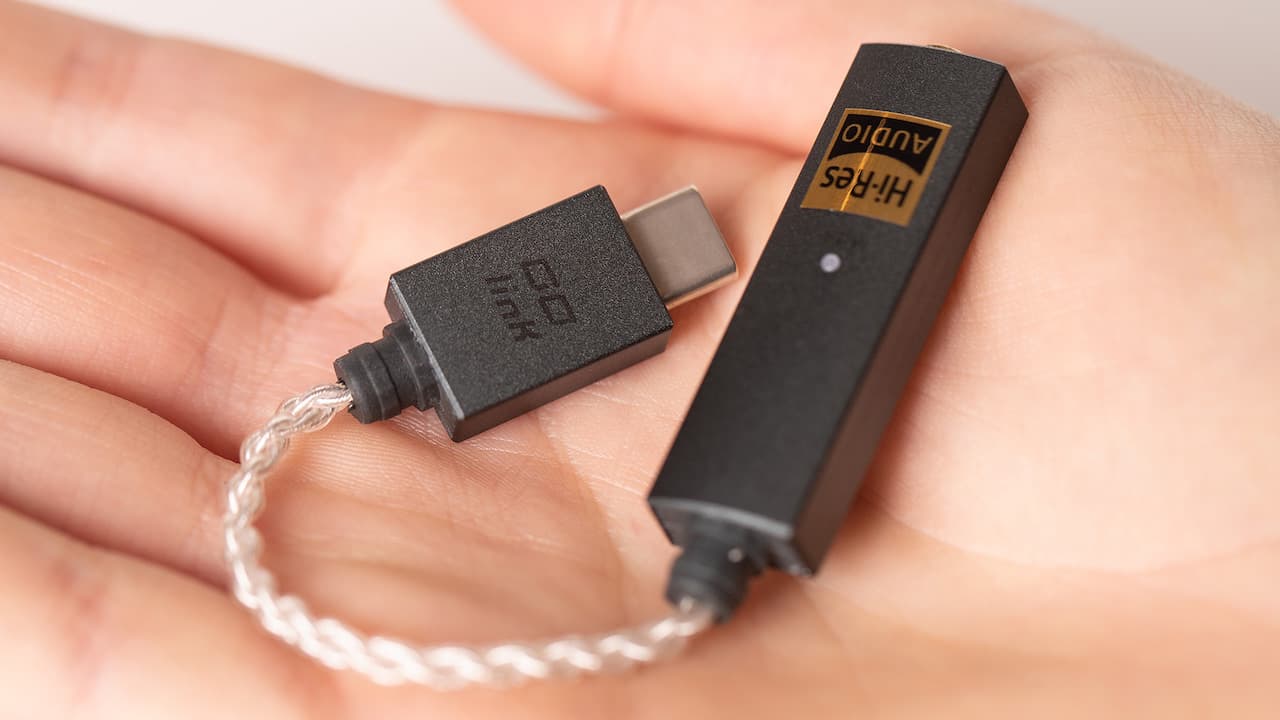
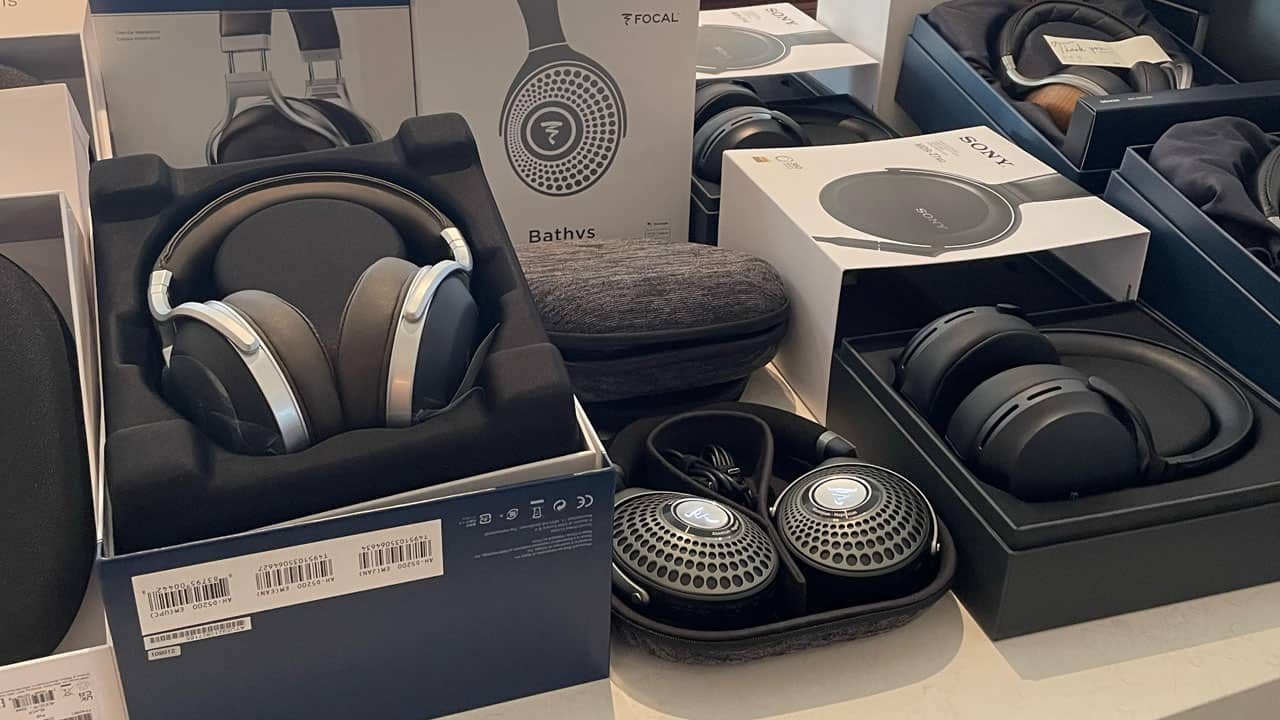
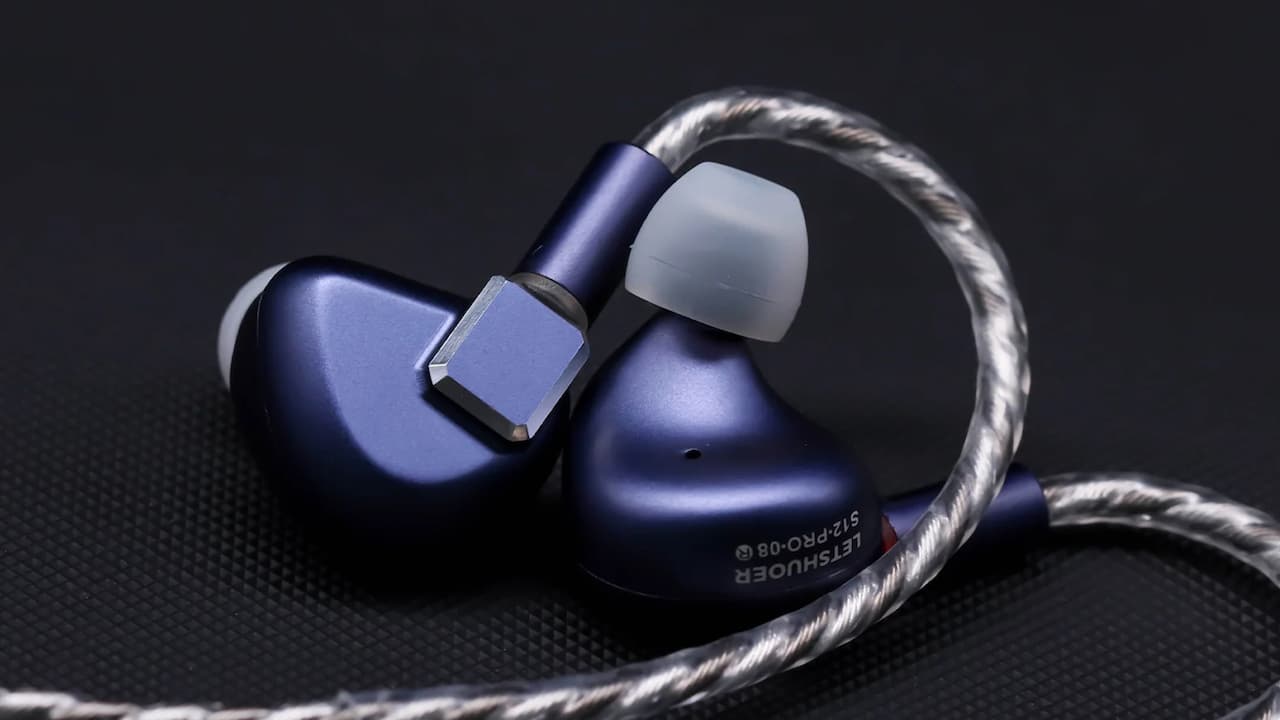
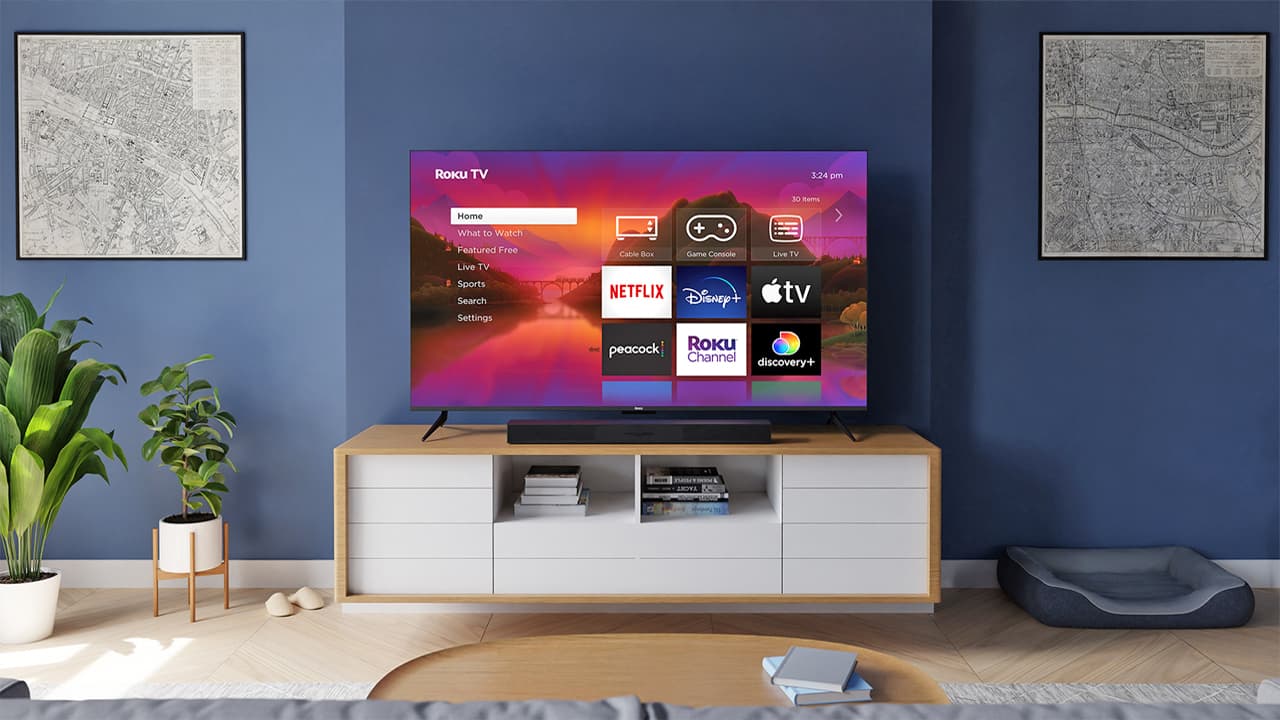
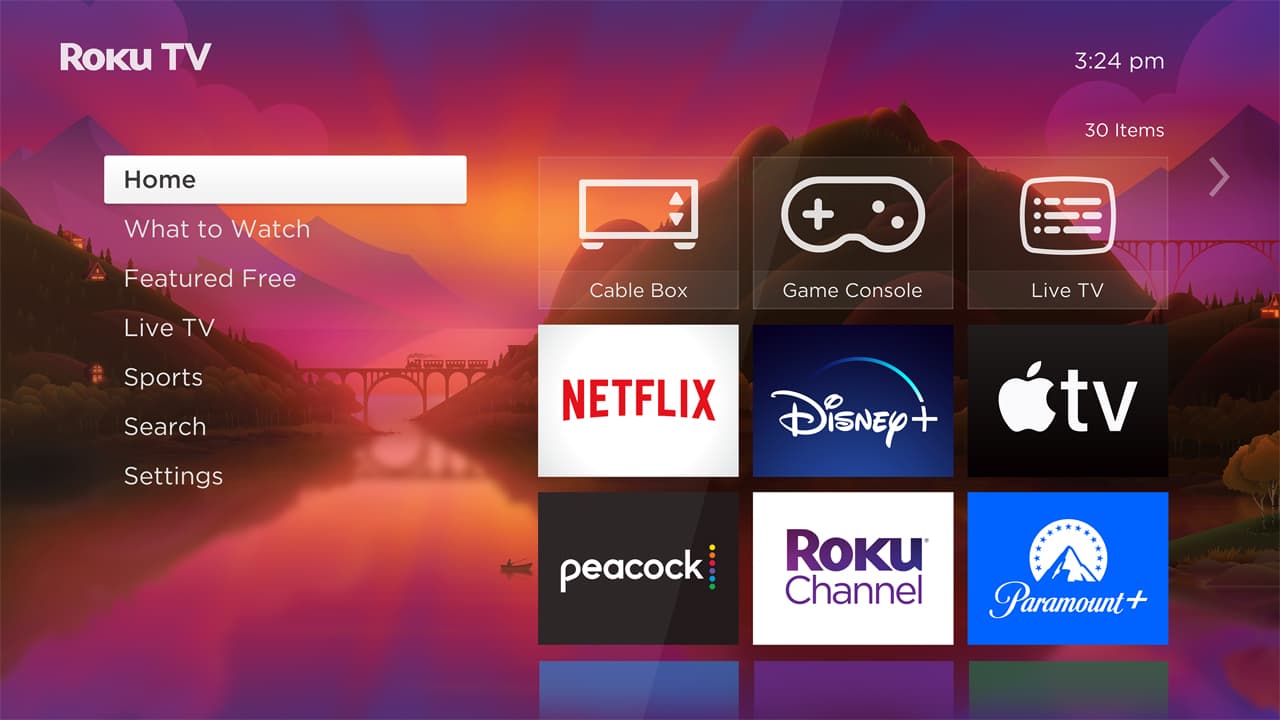

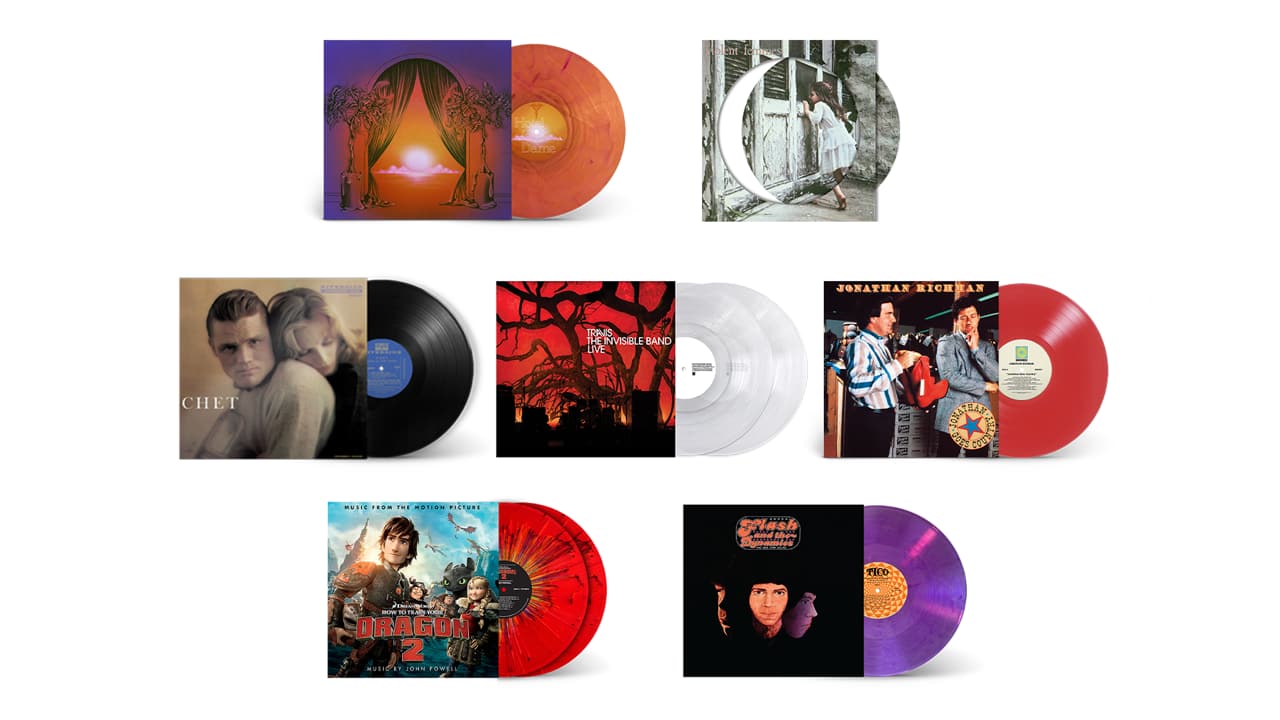
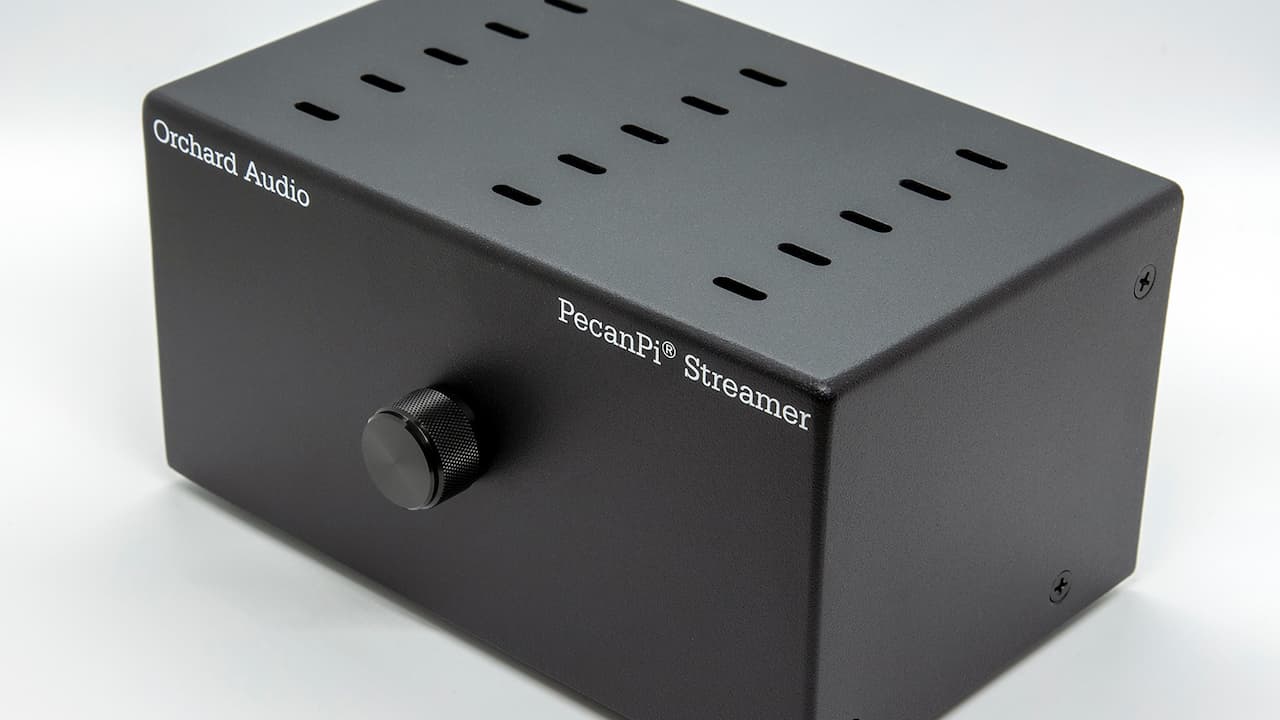
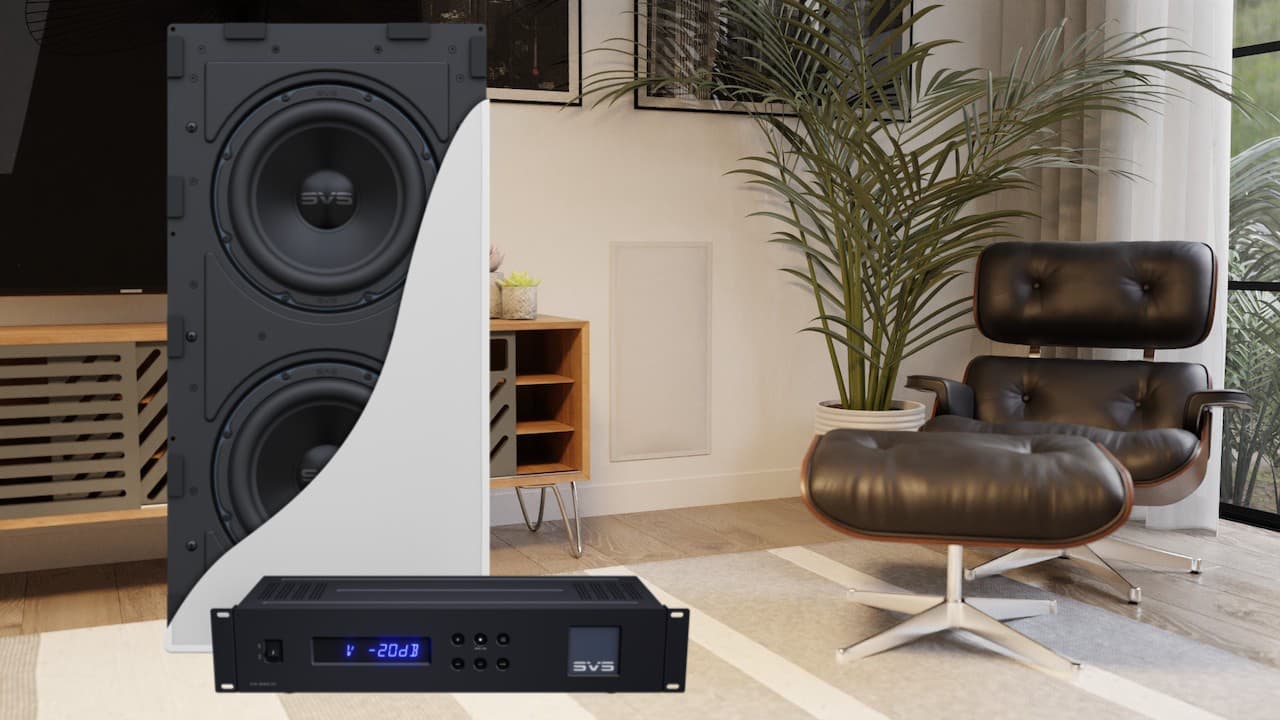
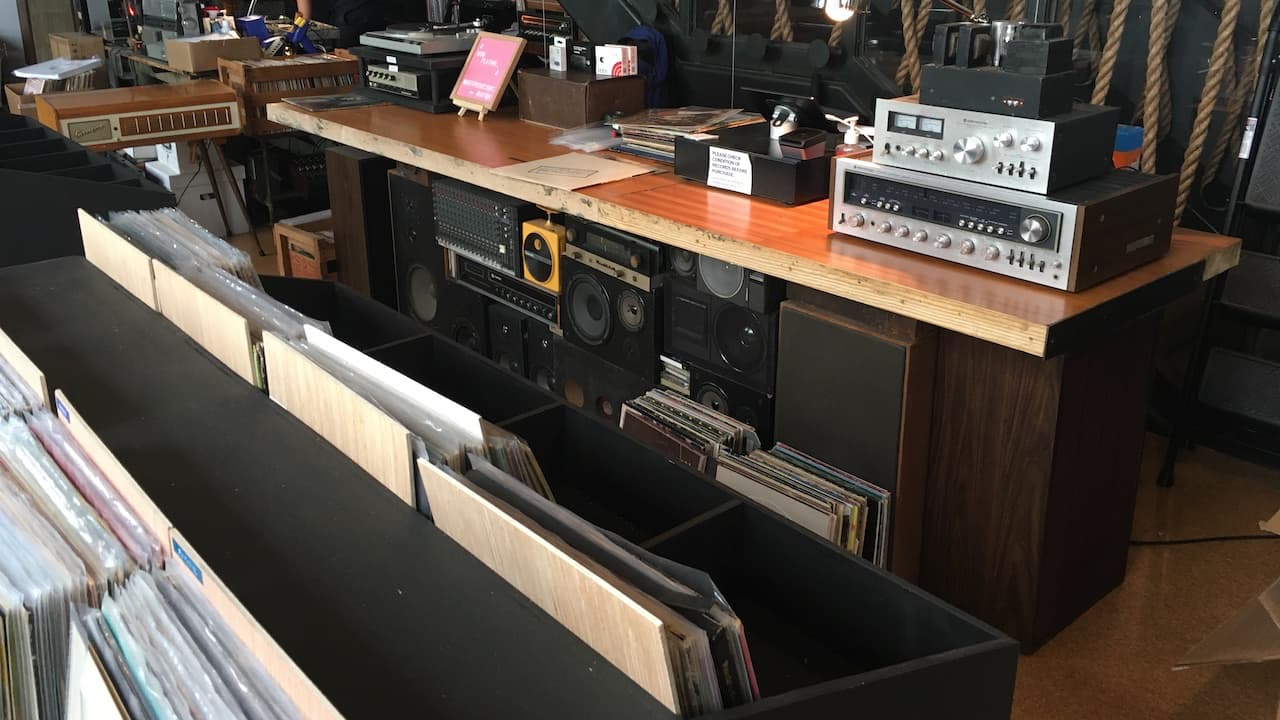
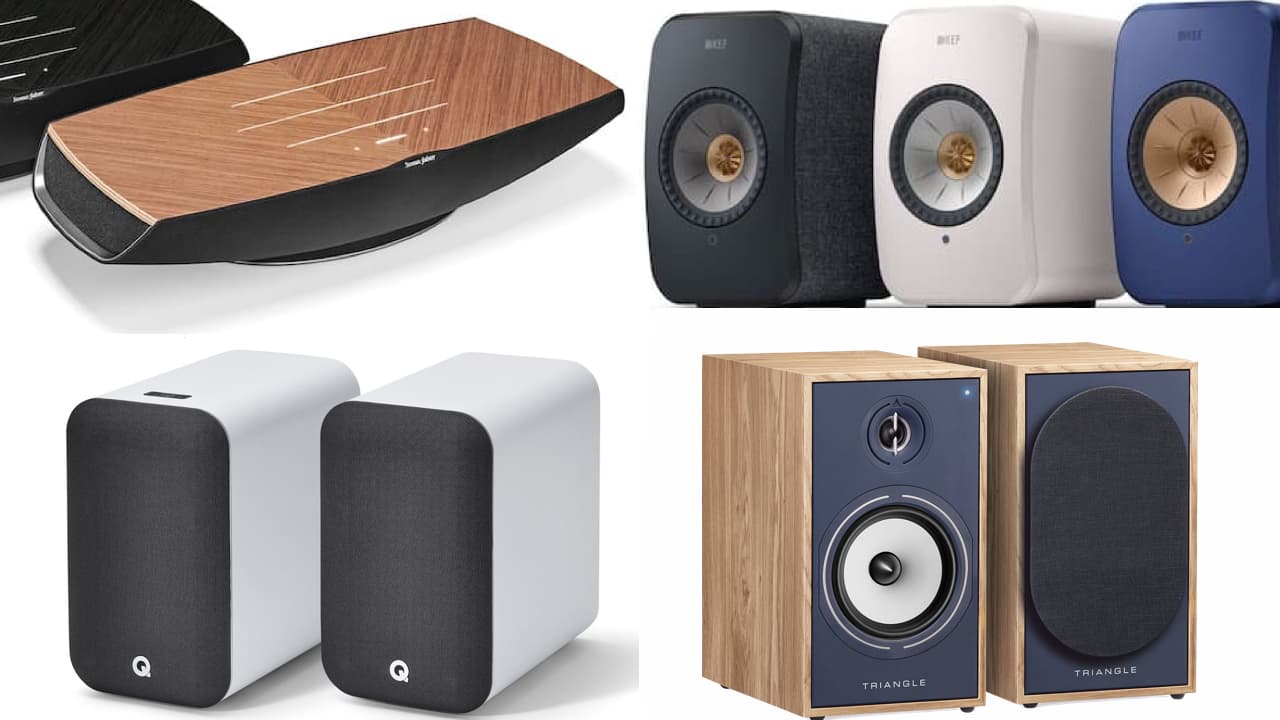
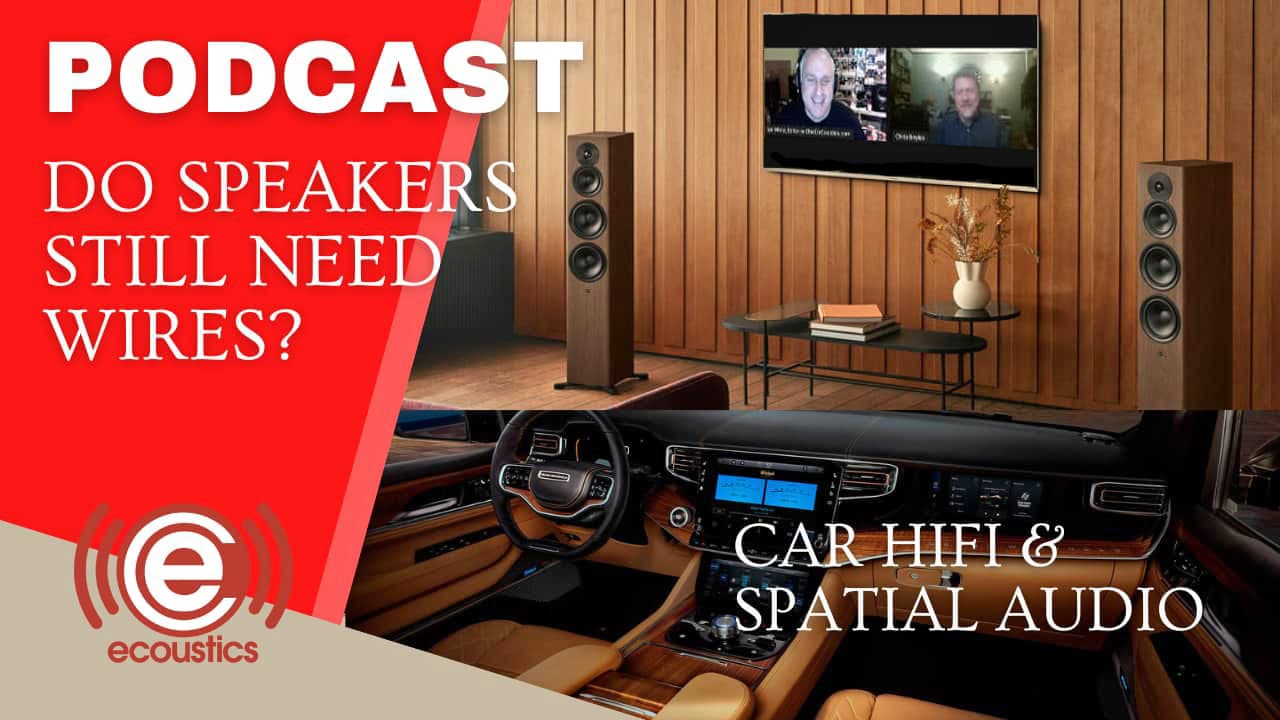

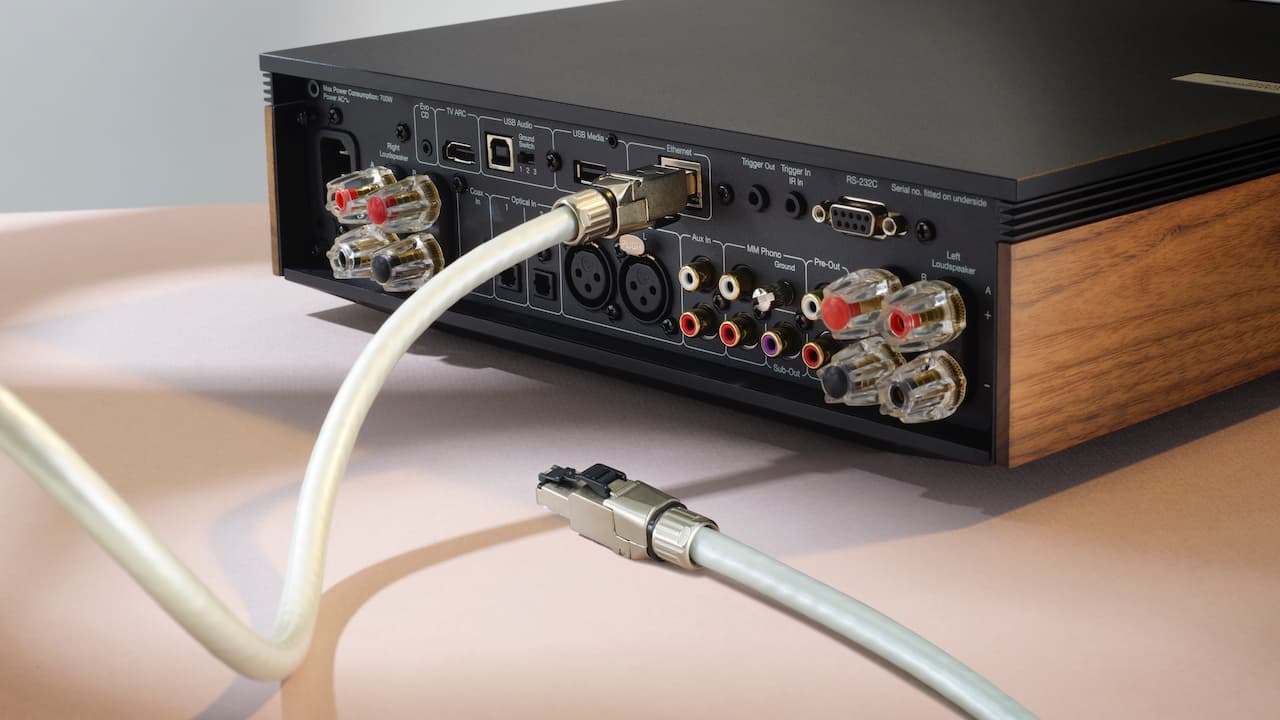
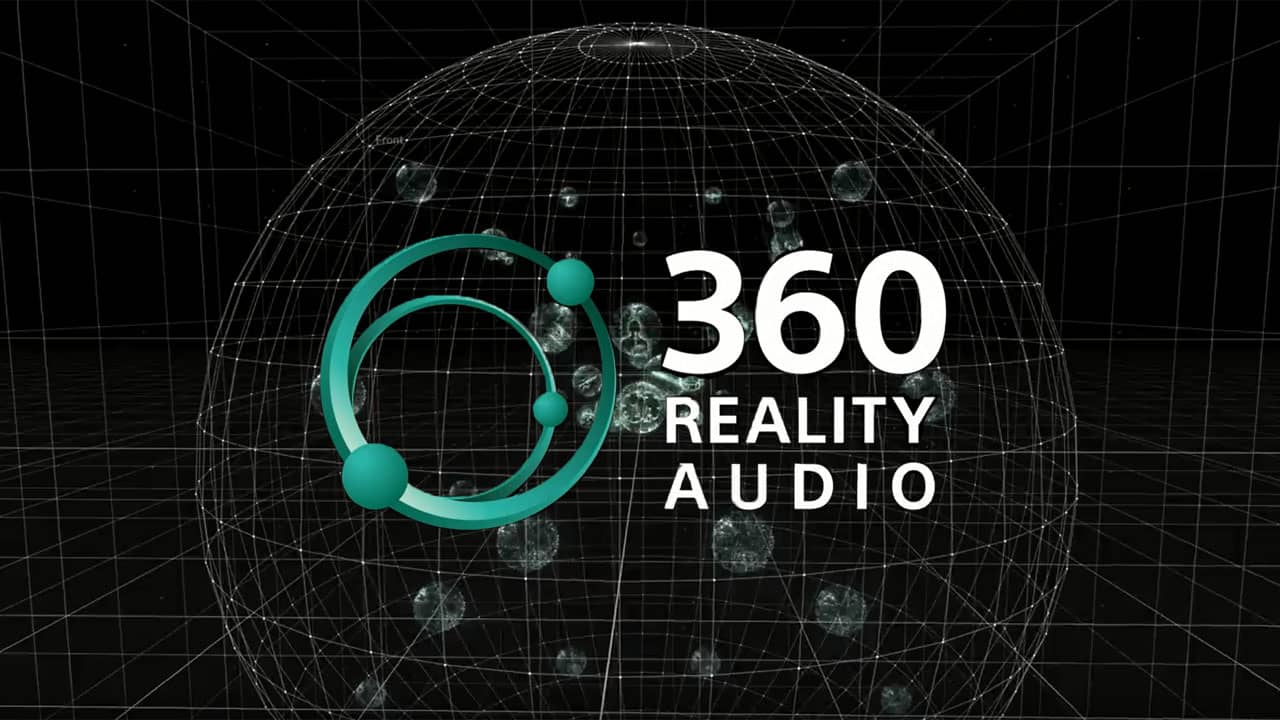


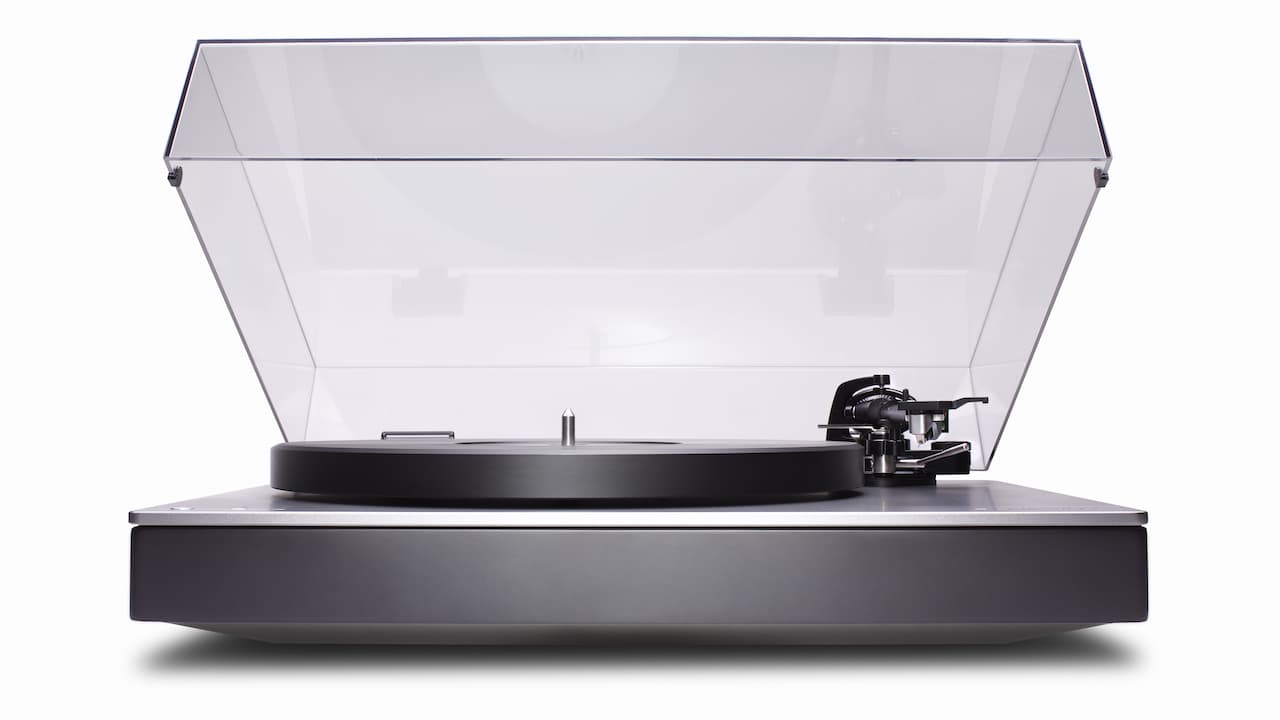
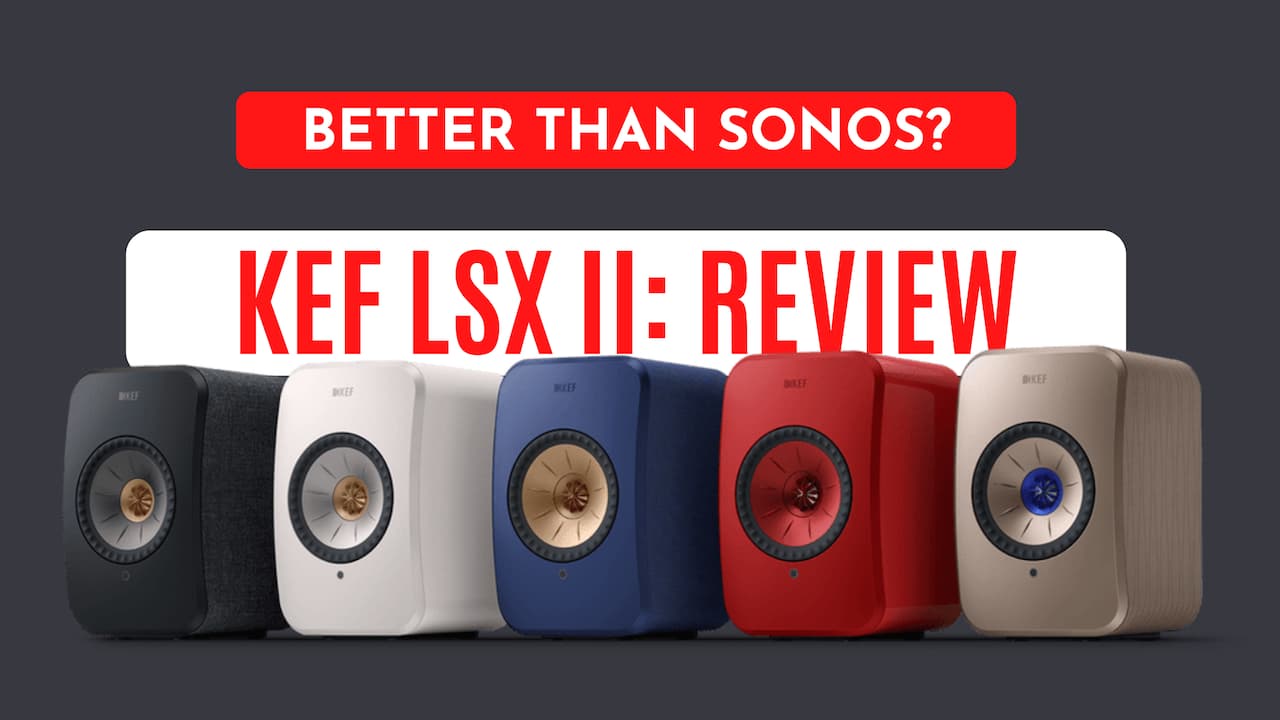
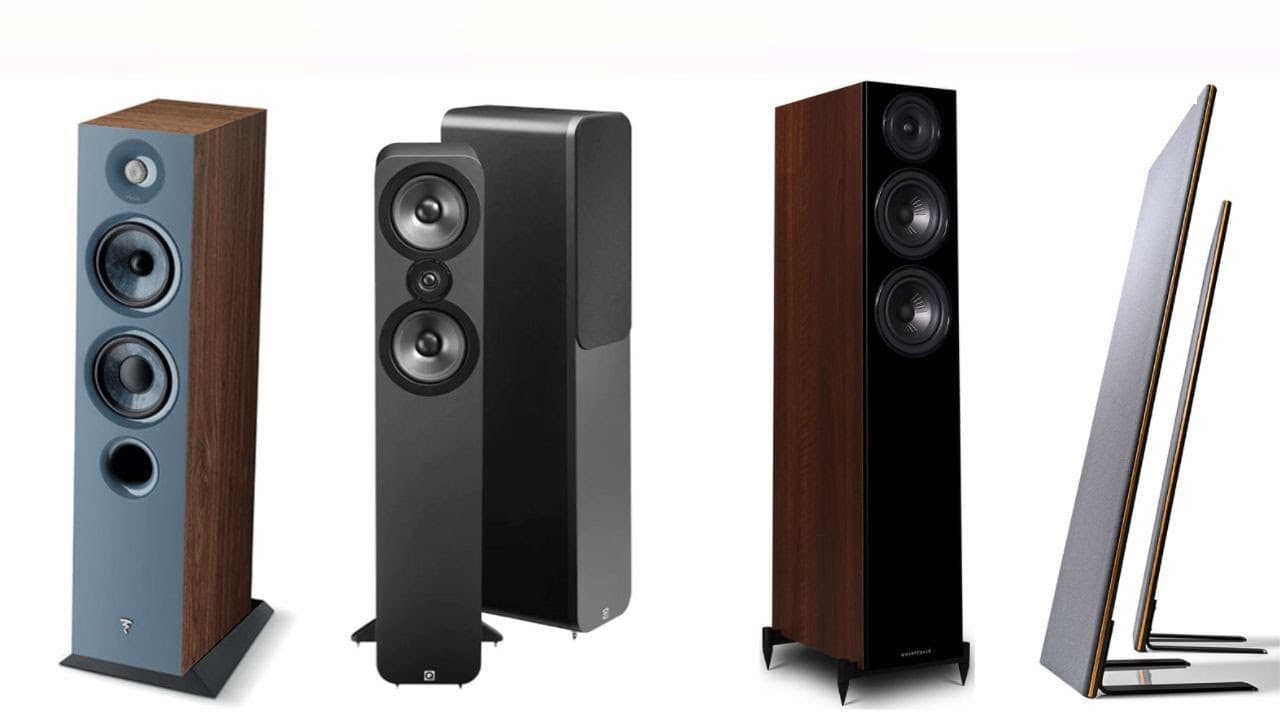


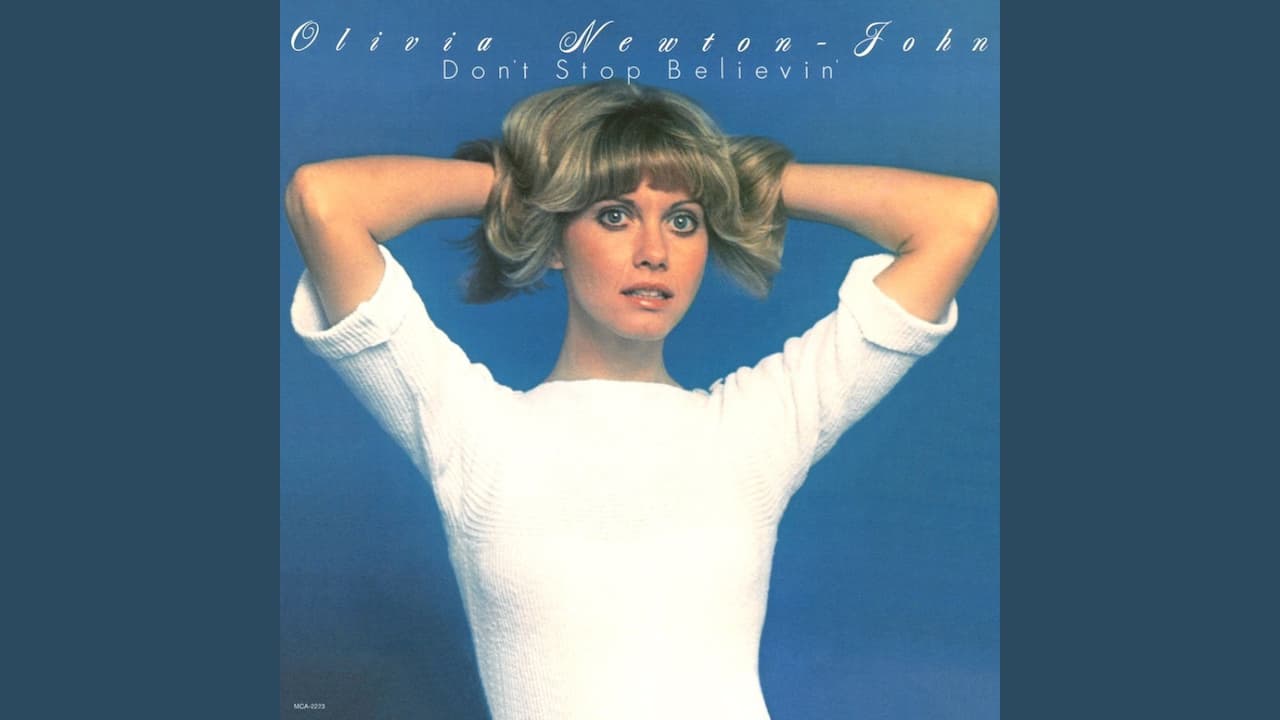
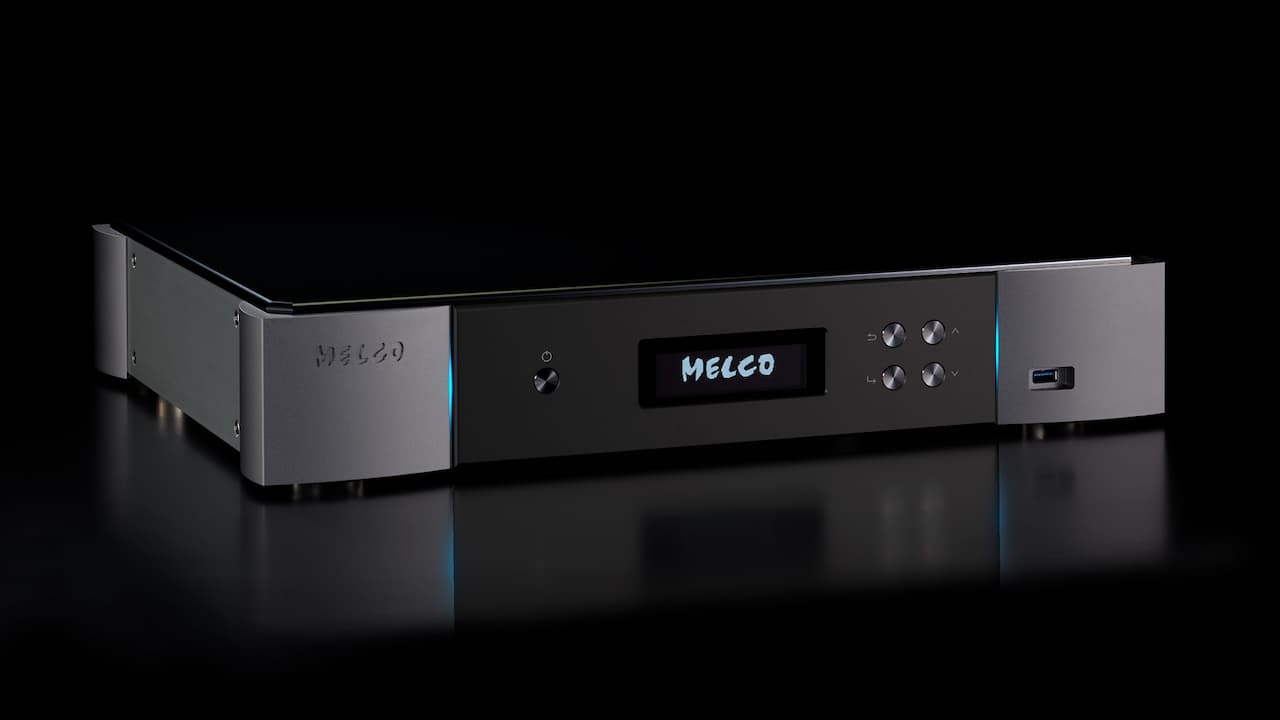
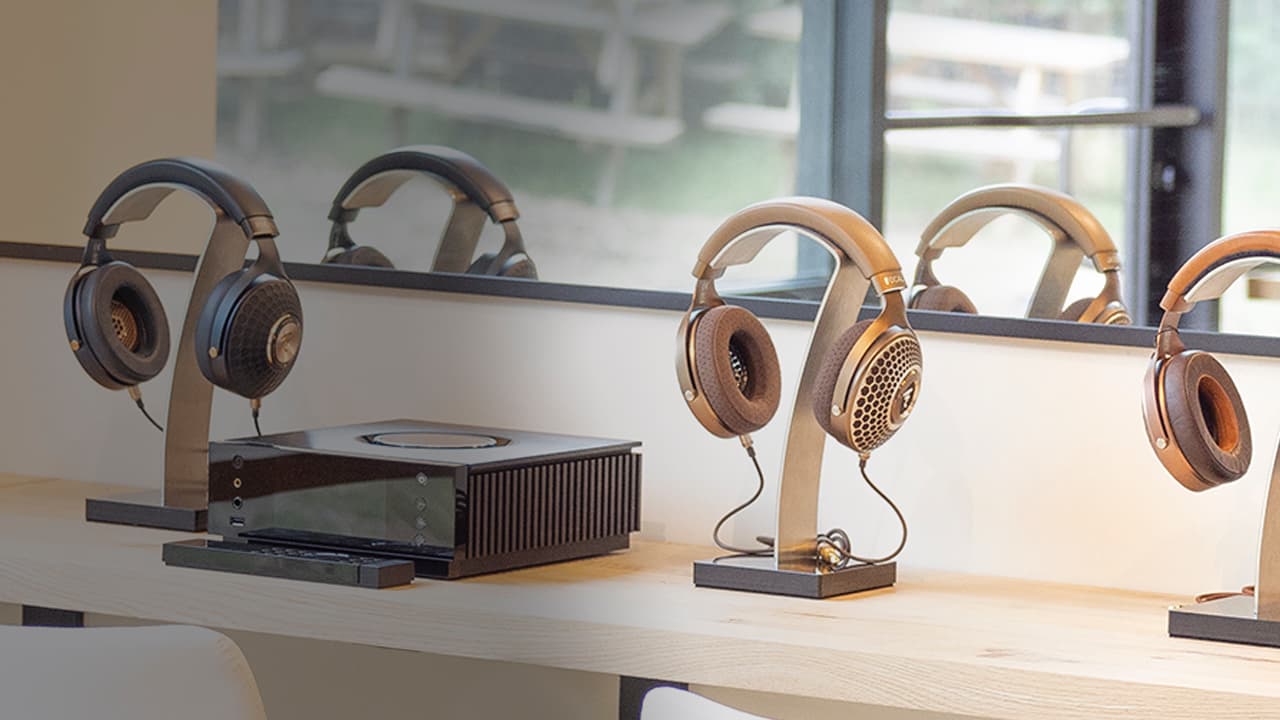
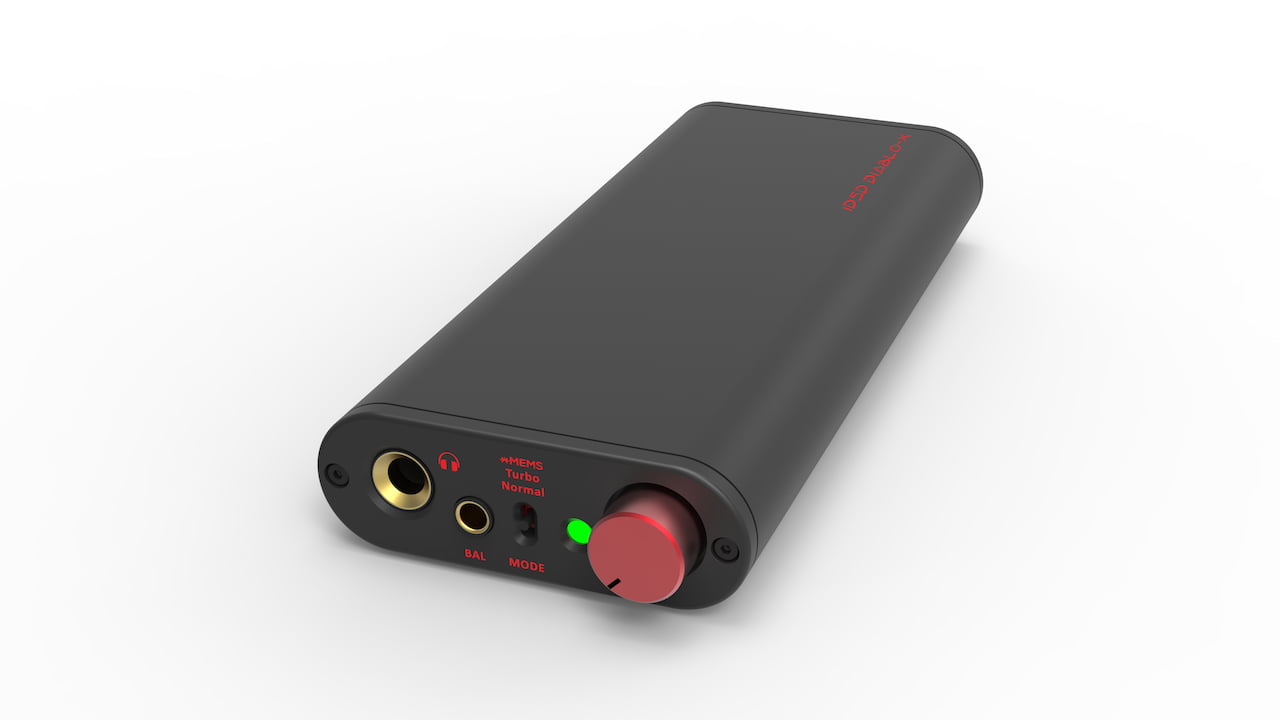
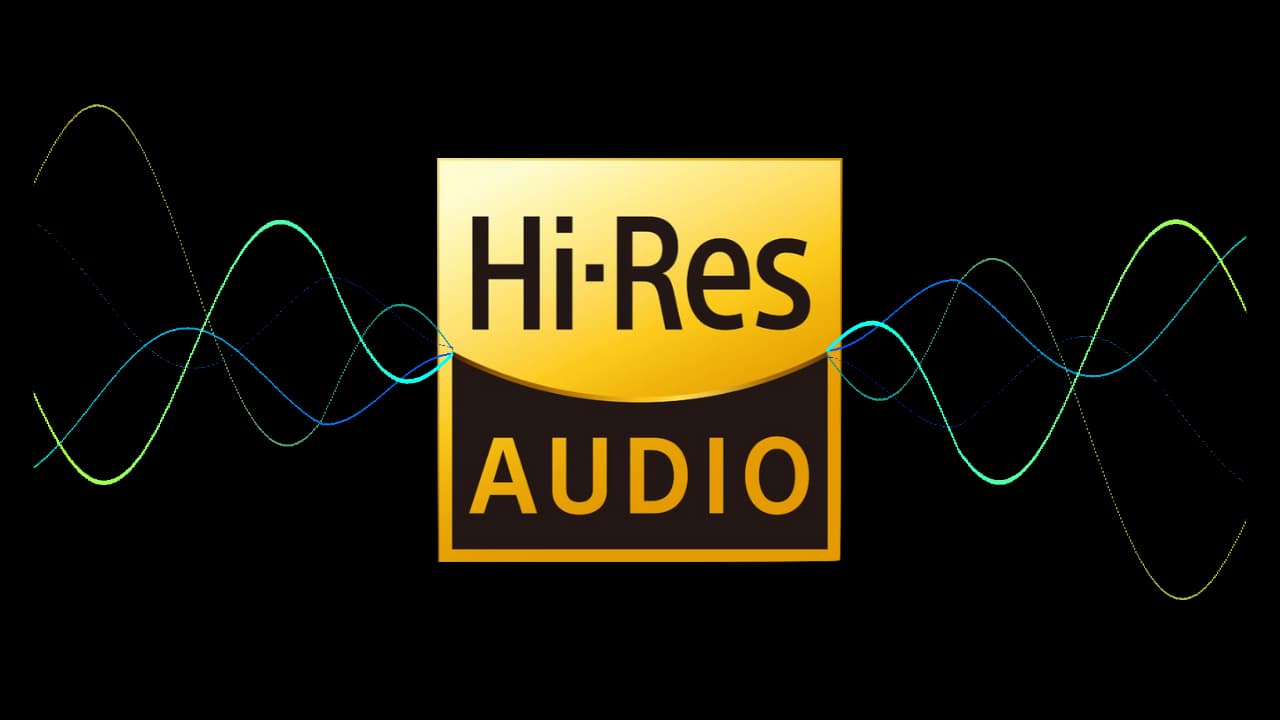
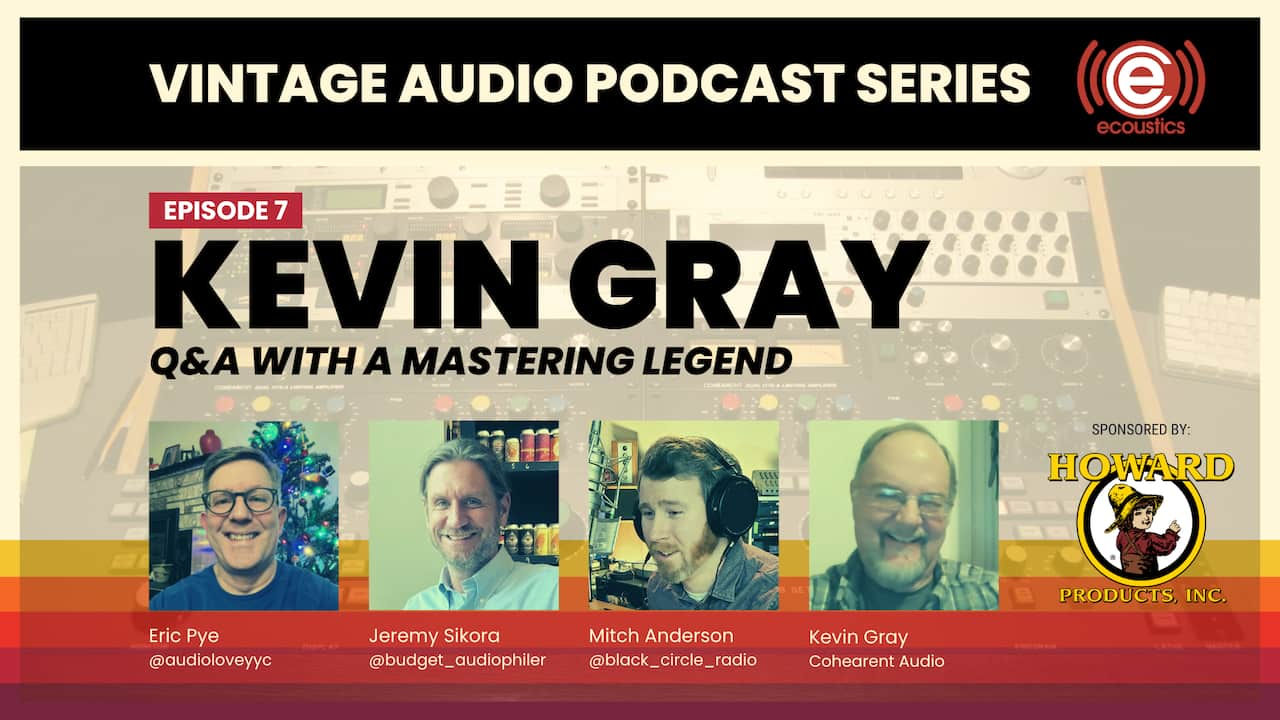
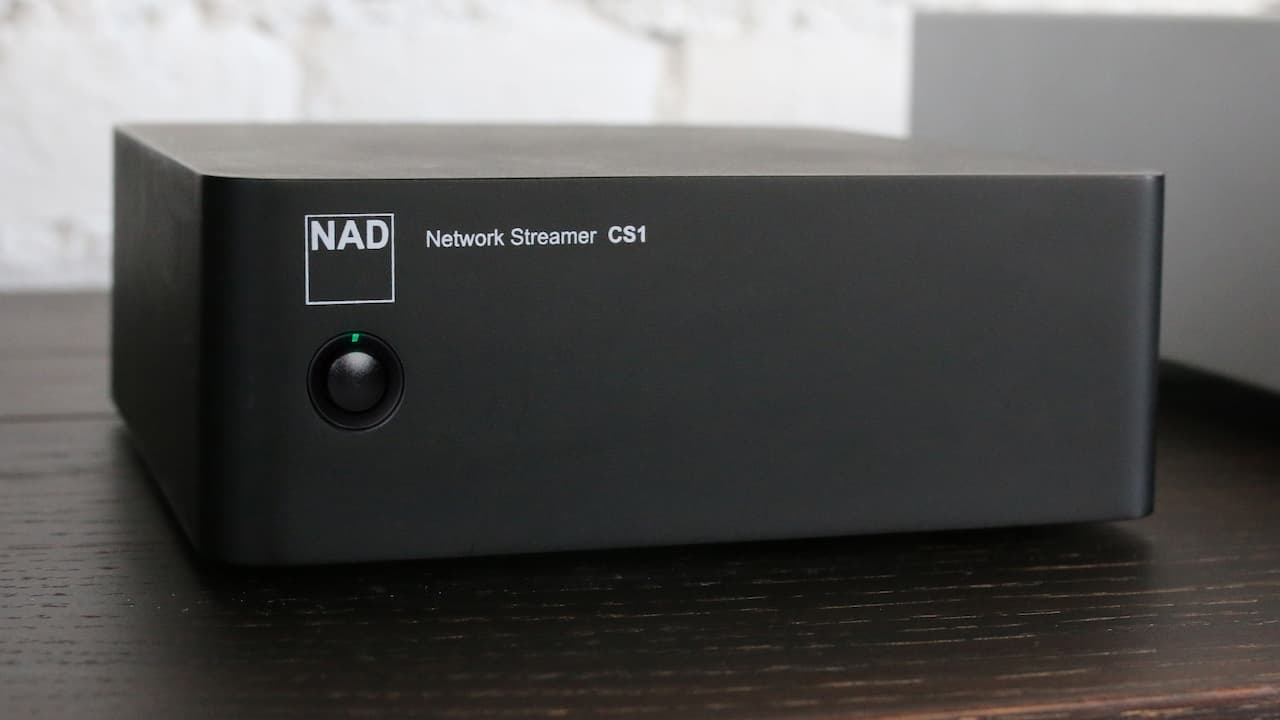
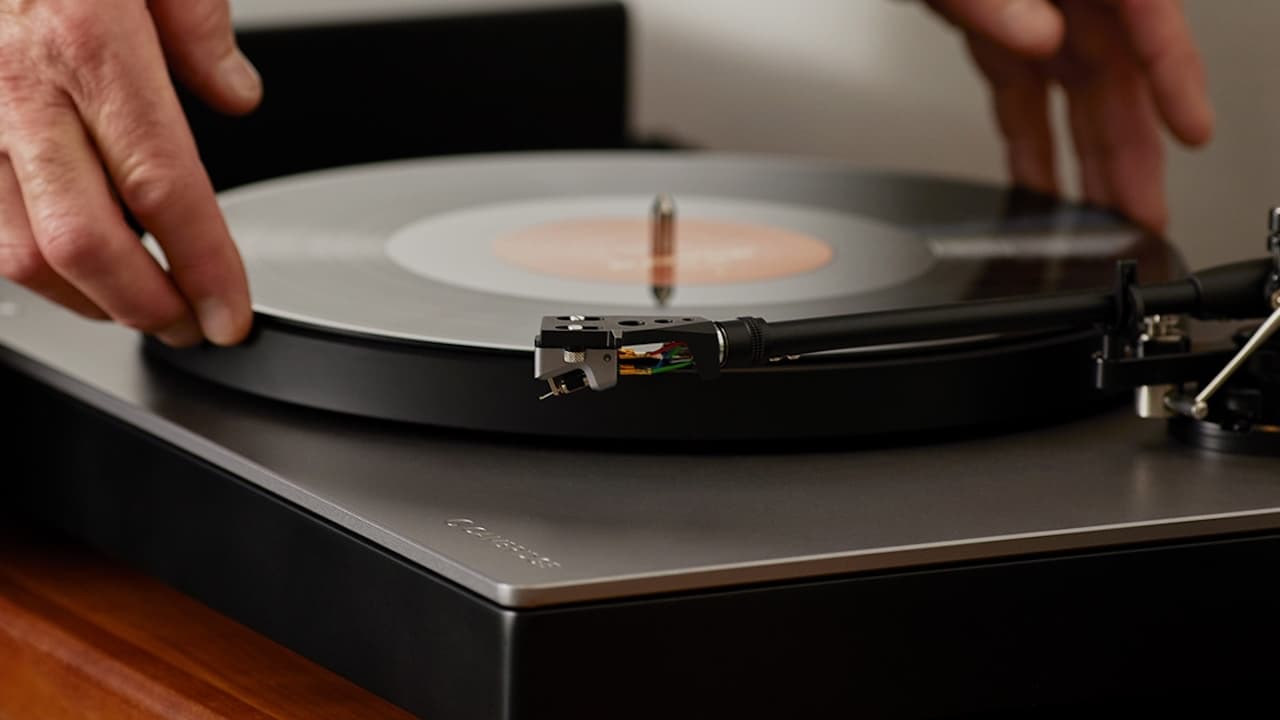
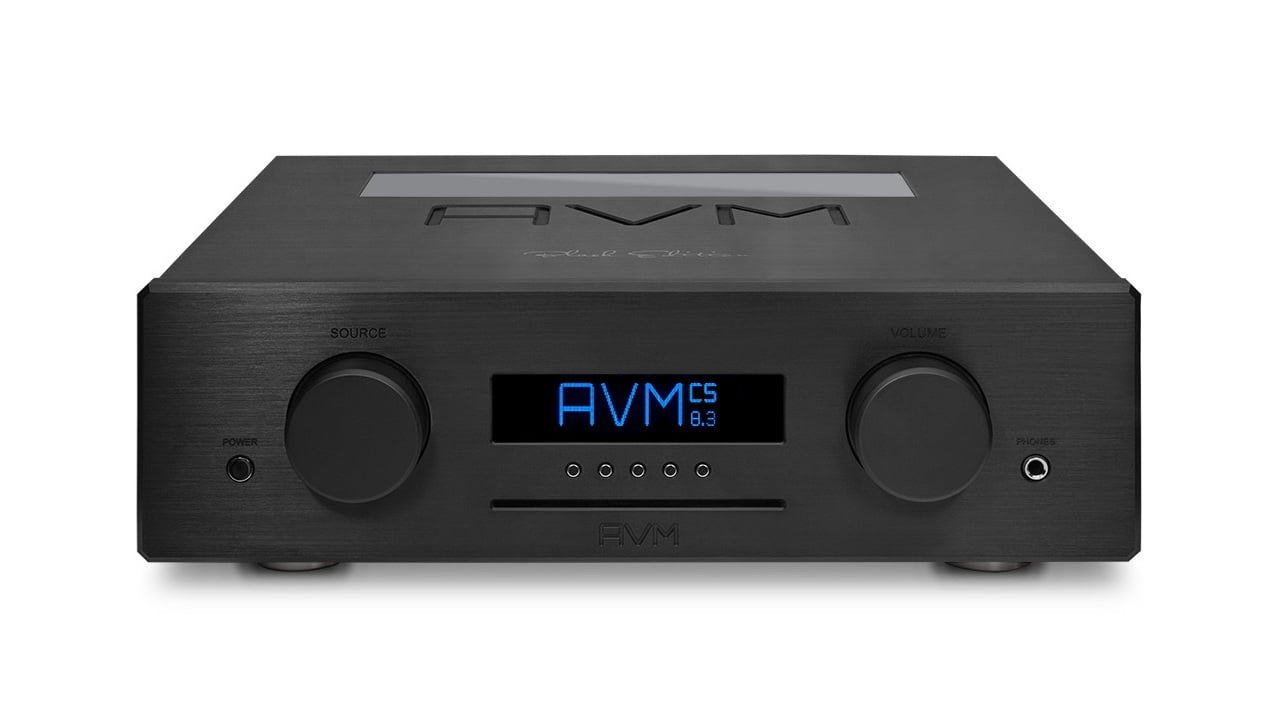
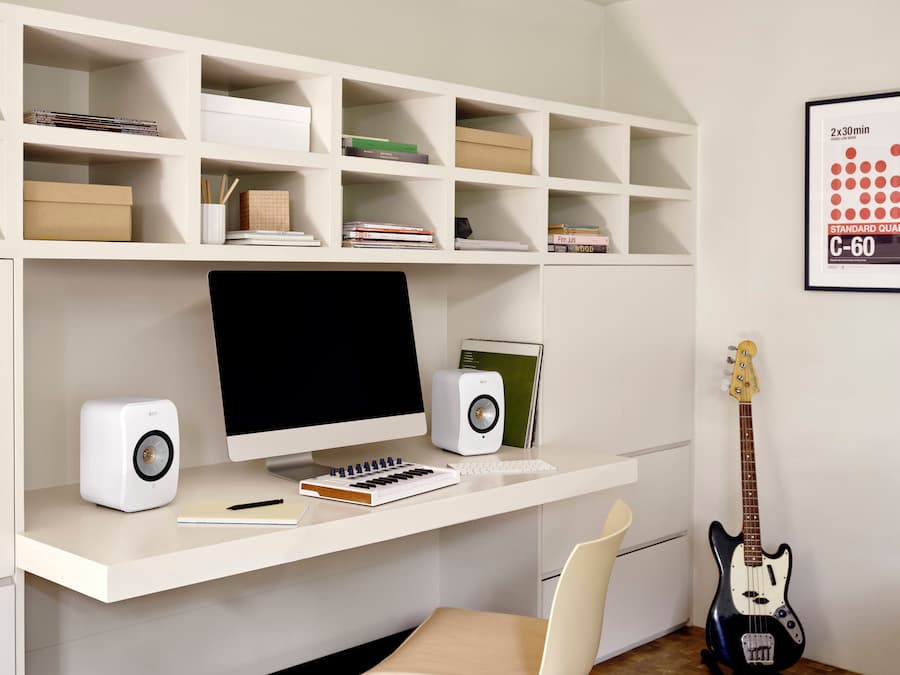

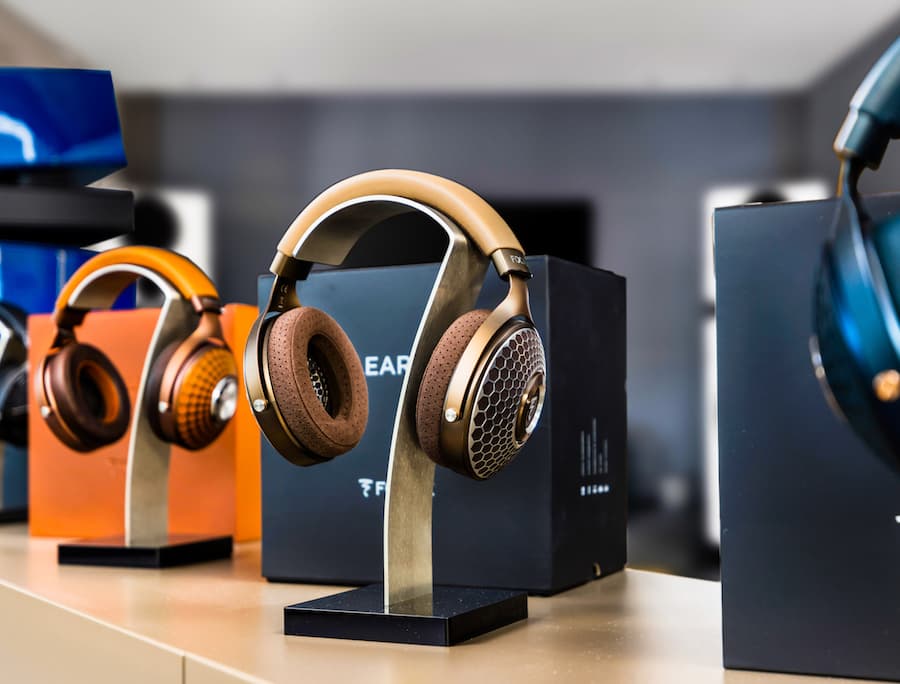
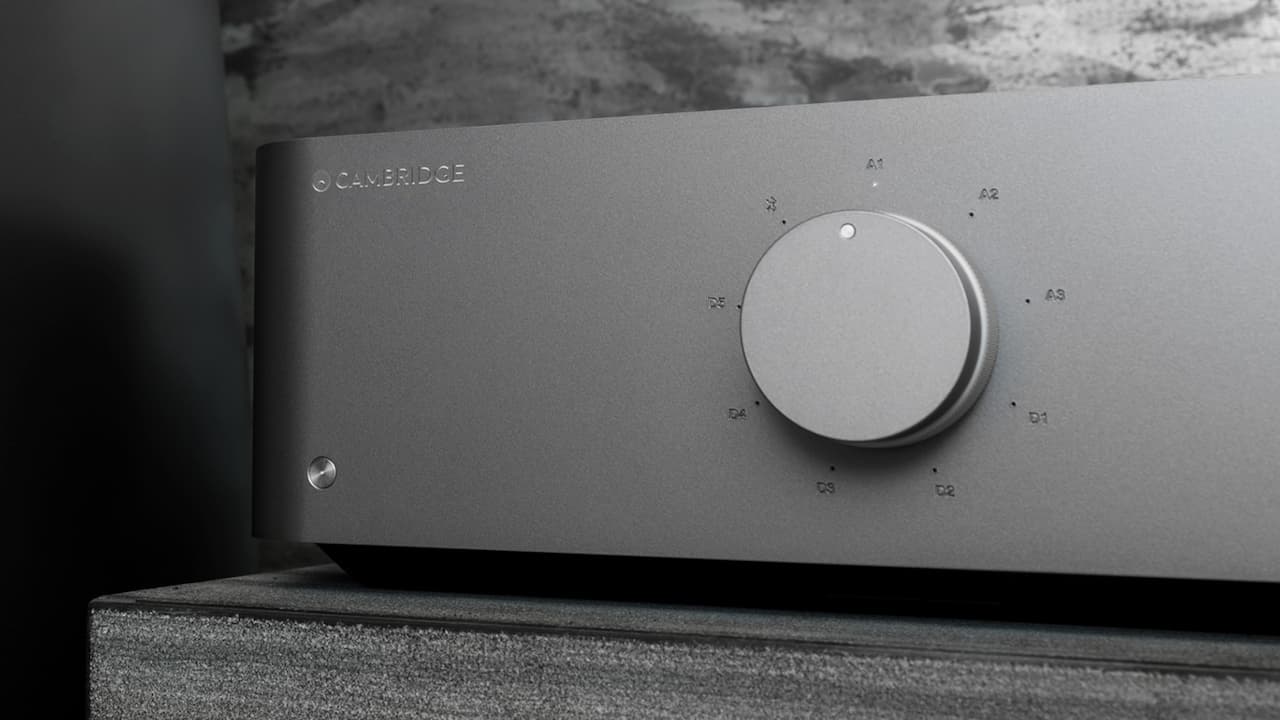


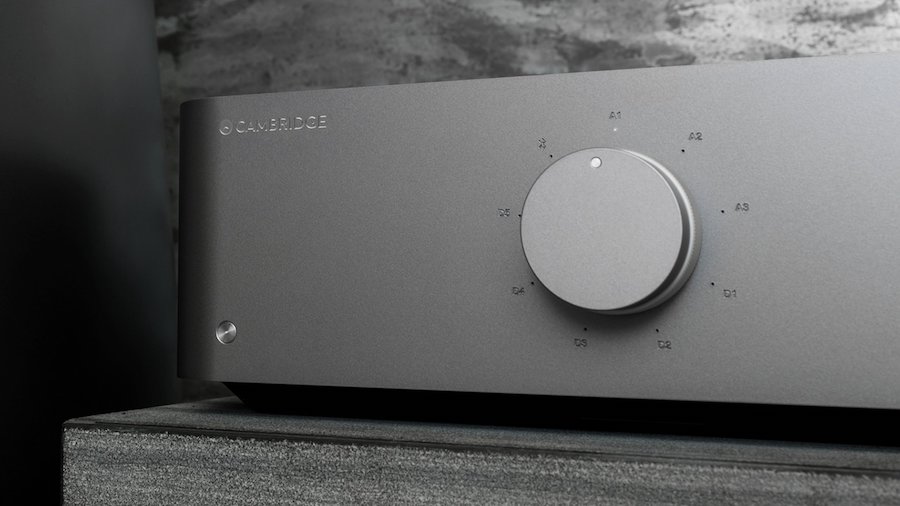



Craig Allison
September 7, 2021 at 12:47 am
Mark & I know each other fairly well on these matters. The concept of Hi-Res is simple: speaking of sonics, the idea is to get it all. Implementation is always the questionable part. Now that we’ve had years of hi-res, like it or not, it’s here.
I’ve retired after 31 years making small high end shops cook. I’ll end up quoting
Jeff Roland “ The compact disc is fully capable of reproducing any type of music.”
Because I have a very special player containing the best 16 bit dac ever made
(Philips Gold Crown) and a completely discrete zero feedback analog stage that allows for accurate time domain performance, the bugaboo of digital audio, I agree w/Jeff 200%. My player is a 32 year old Tandberg 3015A w/ that last great cd dac chip from Philips, & the analog stage I spoke of. The sound smokes anything coming off the internet.
Marcel Croese
September 7, 2021 at 9:34 am
High resolution audio is definitely, contrary to what the guy in the video and the guy with the first response are claiming, a real step forward. Notwithstanding loudness wars, distorted artist’s interpretations of what their music should sound like, and poor mastering skills from the vast majority of the master engineers, it stell opens up the window to what’s realy on the recording, better than cd or any lossy or resolution-limited format. What we, music lovers and audiophiles are after, is a format which lets us here as closely as possible what’s in the recording. Let us nogt confuse playback quality with artist’s intentions or record company’s intentions. We choose our music, and we want it to sound as good as possible. Hi-Rez comes closer to that, whatever music I play, and as long as this technology is progressing, I am getting closer to the music. That’s all I care about.
Keep the search to better sound going, i’d say.
By the way the Philips TDA1541A SC is not the best sounding dac per sé, albeit amongst them certainly, nevertheless there are other dacs that sound at least as good, like PCM63, PCM1704, and more. It’s all about the implementation. The better the implementation, the closer DACs sound, Crystal, AKM, ESS, Philips, BB, AD…. the thing is that they react differently to periferal issues, like clock rise time,speed, jitter & noise, ground noise, reference voltage noise and impedance, output/buffer stage speed and settling time and IM distortions etc. etc. You control that, you control the DAC’s sound.
craig allison
September 7, 2021 at 5:15 pm
The appraisal of the Philips chip comes from a very experienced digital audio engineer whose resume is impeccable. Furthermore, the “ modern dacs are not designed for CD/ 16 bit only and the “ladder dac” design is
quite different than the multi- bit dacs that are designed to decode streams from MP- 3 all the way up. This would not be the first time that a machine designed to do only one thing does that job better than something designed for versatility. I sold high end cd players from day one through 2017. Chip or not, it is the critical analog stage that makes all the difference . In that respect as well, the 32 yr.old Tandberg surpasses virtually all later designs. This is not ego speaking ; experience, facts, and decades of critical listening instead.
Marcel Croese
September 7, 2021 at 9:36 am
Sorry for the typos
John Smolley
October 31, 2021 at 5:56 pm
Thanks for the interview with Dr. Waldrep–it confirmed many suspicions and points the way towards a true improvement via multichannel instead of nonexistent differences people imagine they can hear. The proof is out there if you have the guts to take the test!
Erdo Groot
January 2, 2022 at 1:03 pm
A true high resolution consumer (and recording) format was launched in 1999 when super audio cd was introduced by Sony and Philips. Incorporating a much better digital recording and playback format than what was used up till then for cd, including a 5.1 surround format. On a personal note; it was the best thing professionally that happened for me, as it allowed me to make surround recordings on a regular basis since 1996, and enjoy to be able to playback them (and many others) at home using 5 loudspeakers, surpassing by far the audio quality that stereo cd offers me. Cd was advertised as ”perfect sound for ever” (and one part of that is true up to now, as I can still pick put a cd made in 1985 f.i. and listen to it with the same quality as when it was made) but with SACD one could argue it was at least “more perfect sound…”
Now with the availability of of true higher audio quality recording formats and equipment, it should be possible for consumers to find “better sound” for their music compared to a delivery format that was standardized in the 1980’ish.